Note: This not airlines official number. It may connect you with travel agency.
Posted on May 15, 2023 by Admin
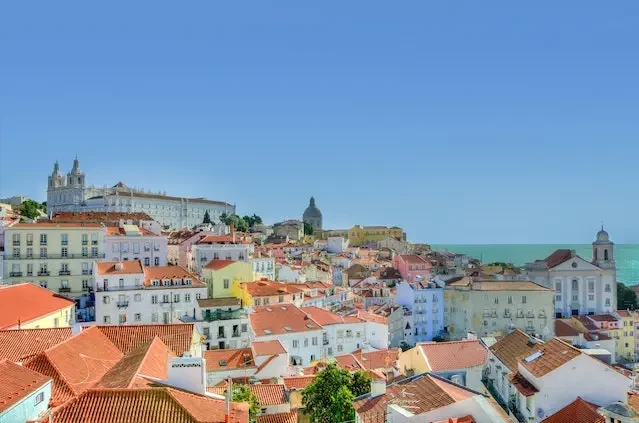
Portugal is a breathtaking destination that is home to some of the most beautiful landscapes, stunning beaches, and vibrant cities in Europe. With its rich history, vibrant culture, and delicious cuisine, it is no wonder that Portugal is a popular tourist destination. In this article, we will explore the best places to visit in Portugal for visitors, from the bustling capital city of Lisbon to the charming coastal town of Lagos.

Lisbon is the vibrant capital city of Portugal and is one of the most popular tourist destinations in the country. The city is known for its stunning architecture, rich history, and delicious cuisine. Some of the must-visit attractions in Lisbon include the Belem Tower, the Jeronimos Monastery, and the Sao Jorge Castle. Visitors can also enjoy the stunning views of the city from the top of the Elevador de Santa Justa or take a stroll through the charming streets of the Alfama neighborhood.Are you planning a trip to Europe and looking for a charming city that combines history, culture, and stunning architecture? Look no further than Lisbon, the capital of Portugal. This coastal city boasts a rich history, vibrant culture, and beautiful scenery that will leave any visitor in awe.
The Lisbon: A Quick Overview
Lisbon is the largest city and the capital of Portugal. It is located on the western coast of the Iberian Peninsula and is known for its stunning architecture, rich history, and vibrant culture. Lisbon is built on seven hills and is home to more than 500,000 people. The city has a Mediterranean climate, with mild winters and hot summers, making it an ideal destination for travelers all year round.
Lisbon is a city that begs to be explored on foot, with winding streets, hidden alleyways, and breathtaking vistas at every turn. Some of the top must-see destinations in Lisbon include:
Alfama is the oldest district in Lisbon and is known for its narrow streets, traditional houses, and colorful tiles. The district is built on a hill overlooking the Tagus River and is home to several historic landmarks, including the Castle of São Jorge and the Lisbon Cathedral.
Belem is a historic neighborhood located west of Lisbon's city center. It is home to several famous landmarks, including the Jeronimos Monastery, the Belem Tower, and the Discoveries Monument. Belem is also known for its delicious pastries, including the famous Pastel de Nata.
Baixa is the heart of Lisbon and is home to several important landmarks, including the Praça do Comércio, the Rossio Square, and the Elevador de Santa Justa. The district is known for its beautiful architecture, lively atmosphere, and vibrant nightlife.
Bairro Alto is a charming neighborhood located on a hill above the city center. It is known for its narrow streets, lively bars, and stunning views of the city. Bairro Alto is a great place to explore during the day, but it really comes alive at night when the bars and restaurants open.
Grilled sardines are a staple of Portuguese cuisine and are especially popular in Lisbon during the summer months. The fish are typically grilled over an open flame and served with boiled potatoes and a side salad.
Bacalhau is a traditional Portuguese dish made with salt cod. There are hundreds of different ways to prepare bacalhau, and it is considered by many to be the national dish of Portugal.
Pastel de Nata is a delicious pastry that originated in Lisbon. The pastry is made with a crispy, flaky crust and a creamy custard filling. It is typically served with a sprinkling of cinnamon and powdered sugar.
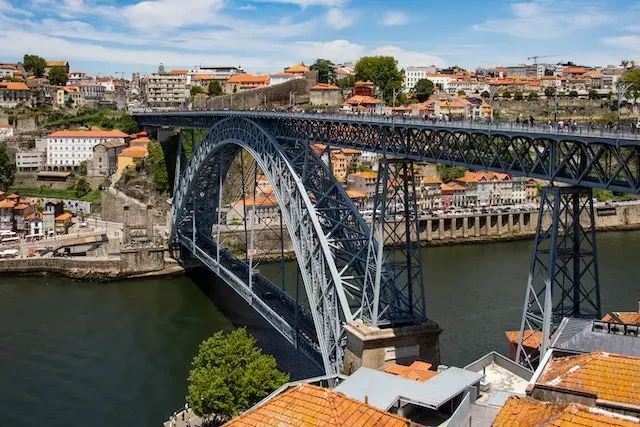
Porto is a charming city that is known for its stunning architecture, delicious cuisine, and vibrant culture. Visitors to Porto can explore the city's historic center, which is a UNESCO World Heritage Site, or take a stroll along the Douro River. Other must-visit attractions in Porto include the stunning Sao Bento Station, the Casa da Musica, and the Lello Bookstore.
Porto, also known as Oporto, is a coastal city located in the northwest region of Portugal. It is the second-largest city in the country, after Lisbon, and is situated along the Douro River.
The city is known for its historic center, which is a UNESCO World Heritage Site. The area is filled with narrow streets, colourful buildings, and beautiful churches. The most iconic symbol of Porto is the Dom Luis I Bridge, which spans the Douro River and offers stunning views of the city.
Porto is also famous for its wine production, particularly the sweet Port wine that is produced in the Douro Valley region. Visitors can take tours of the local wineries and sample the different varieties of wine.
it's rich history and wine culture, Porto is a vibrant modern city with a lively arts and cultural scene. It is home to numerous museums, art galleries, and performance spaces. The city is also known for its delicious cuisine, which includes seafood dishes, grilled meats, and traditional Portuguese sweets.
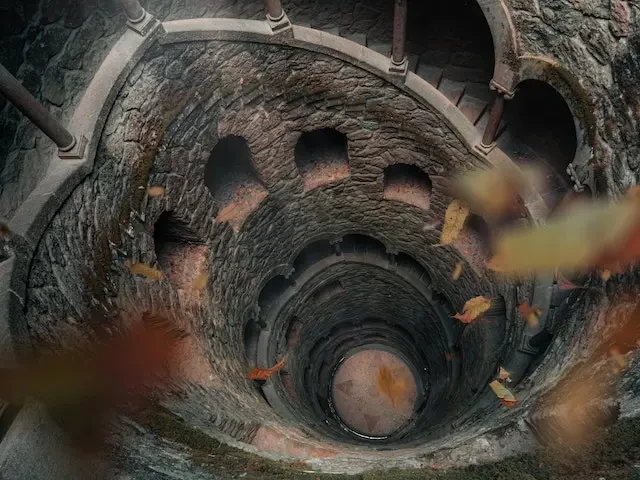
Sintra is a picturesque town that is located just outside of Lisbon and is home to some of the most stunning palaces and gardens in Portugal. Visitors to Sintra can explore the stunning Pena Palace, the Quinta da Regaleira, and the Monserrate Palace. The town also offers stunning views of the surrounding countryside and is a popular destination for hikers and outdoor enthusiasts.
Sintra is a picturesque town located in the Lisbon region of Portugal, known for its stunning natural beauty and historic landmarks. It is a popular tourist destination, attracting visitors from all over the world.
The town is situated in the foothills of the Sintra Mountains, which are covered with lush forests and dotted with stunning palaces and castles. One of the most iconic landmarks in Sintra is the Pena Palace, which sits on top of a hill and is visible from many points in the town. The palace is a colorful and whimsical mix of architectural styles, with elements of Gothic, Moorish, and Renaissance design.
Another notable landmark in Sintra is the Castle of the Moors, a medieval fortress that dates back to the 8th century. The castle is perched on a rocky outcrop and offers breathtaking views of the surrounding landscape.
its historic landmarks, Sintra is also known for its natural beauty. The town is surrounded by forests and parks, including the Sintra-Cascais Natural Park, which is a protected area that covers over 145 square kilometres. Visitors can hike through the park and enjoy stunning views of the coastline.
Sintra is also famous for its cuisine, which includes fresh seafood dishes, traditional Portuguese sweets, and local wines. The town has a thriving food and drink scene, with many restaurants, cafes, and bars offering delicious and authentic cuisine.
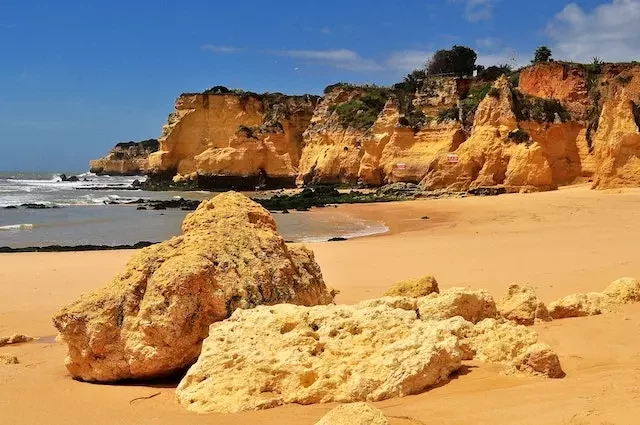
The Algarve is a stunning region in southern Portugal that is known for its beautiful beaches, picturesque towns, and stunning coastline. Some of the must-visit attractions in the Algarve include the stunning Praia da Rocha beach, the charming town of Lagos, and the stunning Benagil Cave.The Algarve is a beautiful region located in the south of Portugal, known for its stunning beaches, warm climate, and vibrant culture. Here are some tips and descriptions to help you make the most of your visit to the Algarve:
Beaches: The Algarve is home to some of the most beautiful beaches in Europe, with crystal clear waters and golden sands. Some of the most popular beaches include Praia da Rocha, Praia do Vau, and Praia de Alvor. It's a good idea to bring sunscreen, a hat, and a beach towel.
Nature: The Algarve is also known for its natural beauty, with plenty of opportunities for hiking, biking, and birdwatching. One popular spot is the Ria Formosa Natural Park, a protected area that is home to many different species of birds and marine life.
Cuisine: The Algarve has a rich culinary tradition, with delicious seafood dishes, grilled meats, and traditional sweets. Some local specialties include grilled sardines, cataplana (a seafood stew), and pastel de nata (a custard tart). Be sure to try the local wines as well.
Culture: The Algarve has a vibrant culture, with many festivals, music events, and art exhibitions throughout the year. Some popular events include the Algarve International Film Festival, the Loulé Carnival, and the Festival Med.
Cities: There are many charming towns and cities to explore in the Algarve, each with its own unique character and attractions. Some popular destinations include Lagos, Tavira, and Faro. Be sure to take a stroll through the historic center of each city to appreciate the architecture and local culture.
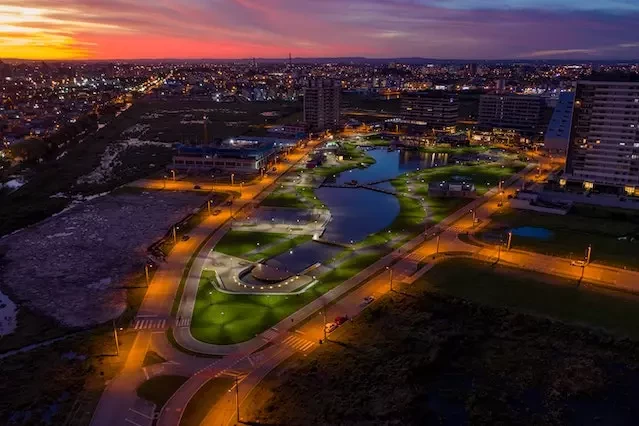
Lagos is a charming coastal town in the Algarve region of Portugal that is known for its stunning beaches, picturesque old town, and vibrant nightlife. Visitors to Lagos can explore the stunning Ponta da Piedade cliffs, relax on the stunning Meia Praia beach, or take a stroll through the charming streets of the old town.Lagos is a historic town located in the Algarve region of Portugal, known for its beautiful beaches, rich cultural heritage, and vibrant nightlife. Here's a closer look at what makes Lagos such a popular tourist destination:
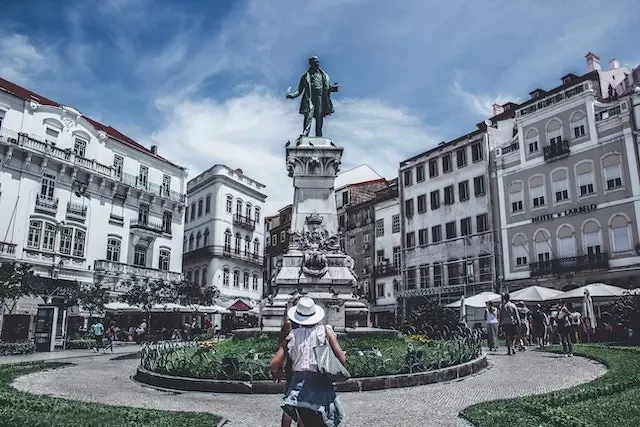
Coimbra is a historic city in central Portugal that is known for its stunning architecture, vibrant culture, and rich history. Some of the must-visit attractions in Coimbra include the stunning Coimbra University, the Old Cathedral of Coimbra, and the stunning Botanical Garden of the University of Coimbra. Coimbra is a city located in central Portugal, on the banks of the Mondego River. It is the third-largest city in Portugal after Lisbon and Porto, and it is famous for its rich history, cultural heritage, and prestigious university.
Coimbra has a long and fascinating history dating back to Roman times, and it was an important cultural and intellectual center during the medieval period. Today, it is home to the University of Coimbra, one of the oldest and most prestigious universities in Europe, which was founded in 1290.
The city is also known for its beautiful architecture, with many historic buildings and landmarks such as the Monastery of Santa Clara-a-Velha, the Coimbra Cathedral, and the Biblioteca Joanina, a stunning baroque library that is considered one of the most beautiful in the world.
Coimbra is a vibrant and lively city, with a rich cultural scene and many festivals and events throughout the year. It is also known for its traditional cuisine, which includes dishes such as Cozido à Portuguesa, a hearty stew made with meat and vegetables, and Chanfana, a delicious goat meat dish.

Aveiro is a coastal city located in central Portugal, known for its picturesque canals, beautiful beaches, and traditional fishing culture. The city is often referred to as the "Venice of Portugal" due to its charming network of canals, which are lined with colourful houses and boats.Aveiro is a coastal city located in central Portugal, known for its picturesque canals, beautiful beaches, and traditional fishing culture. The city is often referred to as the "Venice of Portugal" due to its charming network of canals, which are lined with colorful houses and boats.
Aveiro has a long and rich history dating back to Roman times, and it was an important center for salt production during the medieval period. Today, it is a popular tourist destination known for its beautiful architecture, delicious seafood, and scenic landscapes.
One of the main attractions in Aveiro is the Ria de Aveiro, a large lagoon that is home to a diverse range of bird species and provides a stunning backdrop for the city. Visitors can take a boat tour of the canals and lagoon to see the city from a unique perspective.
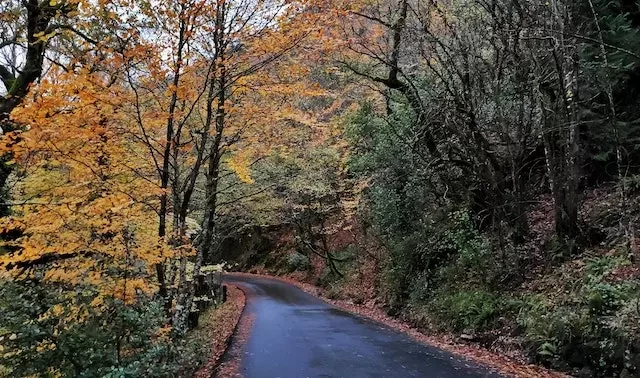
Braga is a historic city in northern Portugal that is known for its stunning architecture, beautiful parks, and rich history. Visitors to Braga can explore the stunning Bom Jesus do Monte Sanctuary, the Braga Cathedral, and the charming historic center of the city.Braga is a city located in the northwestern region of Portugal, with a population of approximately 200,000 people. It is the third-largest city in Portugal after Lisbon and Porto and is known for its rich history and cultural heritage.
Braga has a well-preserved historic center, with many beautiful churches, monuments, and museums. The city is often referred to as the "Rome of Portugal" due to its many churches and religious traditions. Some of the most notable landmarks in Braga include the Braga Cathedral, the Sanctuary of Bom Jesus do Monte, and the Sameiro Sanctuary.
Aside from its historical and cultural attractions, Braga is also a lively and modern city with plenty of shopping, dining, and entertainment options. It is home to several universities and is known for its vibrant student population.
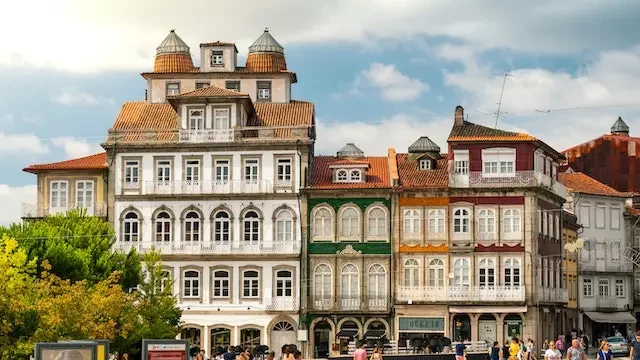
Guimaraes is a picturesque town in northern Portugal that is known for its stunning architecture, charming streets, and rich history. Visitors to Guimaraes can explore the stunning Guimaraes Castle, the Palace of the Dukes of Braganza, and the charming historic center of the town.Braga is a city located in the northwestern region of Portugal, with a population of approximately 200,000 people. It is the third-largest city in Portugal after Lisbon and Porto and is known for its rich history and cultural heritage.
Braga has a well-preserved historic center, with many beautiful churches, monuments, and museums. The city is often referred to as the "Rome of Portugal" due to its many churches and religious traditions. Some of the most notable landmarks in Braga include the Braga Cathedral, the Sanctuary of Bom Jesus do Monte, and the Sameiro Sanctuary.
Aside from its historical and cultural attractions, Braga is also a lively and modern city with plenty of shopping, dining, and entertainment options. It is home to several universities and is known for its vibrant student population.
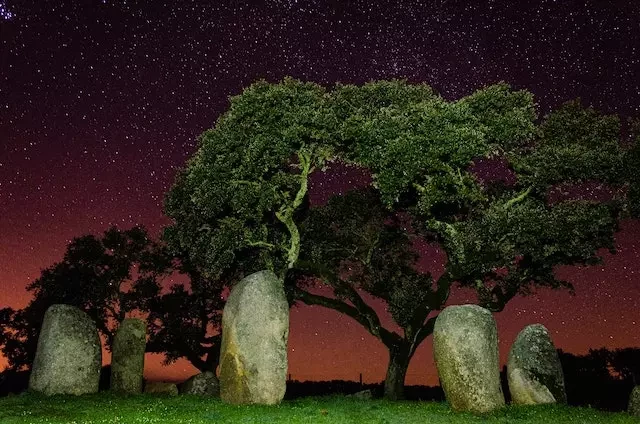
Evora is a historic city in southern Portugal that is known for its stunning architecture, vibrant culture, and delicious cuisine. Visitors to Evora can explore the stunning Roman Temple of Evora, the Cathedral of Evora, and the stunning Palace of the Dukes of Cadaval.Évora is a small city in the Alentejo region of Portugal, with a population of approximately 56,000 people. The city is well-connected to other parts of Portugal by public transportation, including buses and trains.
If you are arriving in Évora by train, the city has a railway station located about 1.5 km from the historic center. From there, you can take a taxi or walk to your destination.
Évora also has a good bus network, with several bus lines that connect different parts of the city and the surrounding area. The buses are operated by a company called Rodoviária do Alentejo, and you can purchase tickets at the bus station or from the driver.
Another popular way to explore Évora and the surrounding countryside is by car. There are several car rental companies located in the city, and you can rent a car either at the airport or in the city center. Keep in mind that parking can be challenging in the historic center, so it's best to park in a designated parking lot outside the city walls.
Finally, if you prefer to explore the city on foot, Évora is a very walkable city, with most of the main attractions located within the historic center. Just be sure to wear comfortable shoes, as some of the streets are made of cobblestones and can be uneven.
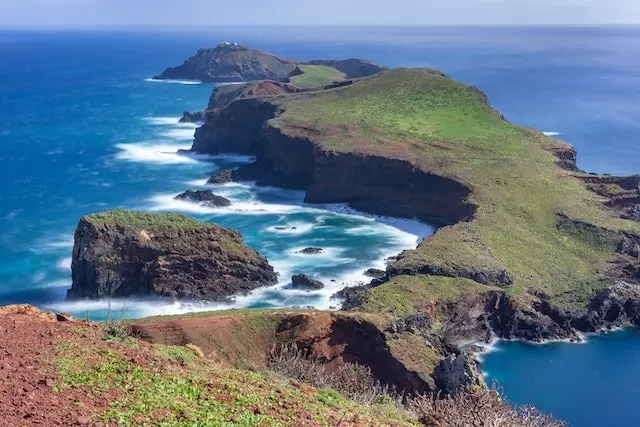
Madeira is a beautiful island off the coast of Portugal that is known for its stunning landscapes, beautiful beaches, and vibrant culture. Visitors to Madeira can explore the stunning Pico do Arieiro, the charming town of Funchal, and the stunning Levada Walks.Madeira is a Portuguese archipelago located in the Atlantic Ocean, southwest of Portugal. The archipelago consists of two inhabited islands, Madeira and Porto Santo, and several uninhabited islands. Madeira is known for its natural beauty, mild climate, and rich cultural heritage.
Madeira has a well-developed tourism industry, and visitors can enjoy a wide range of activities, including hiking, sightseeing, and water sports. Some of the most popular attractions in Madeira include the Laurissilva Forest, a UNESCO World Heritage Site, the Cabo Girão Skywalk, which is the highest cliff skywalk in Europe, and the Funchal Market, which is a vibrant market selling local produce, crafts, and souvenirs.
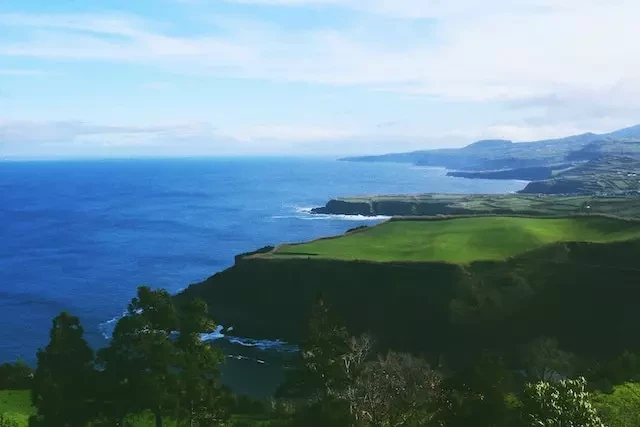
The Azores are a group of stunning islands off the coast of Portugal that are known for their beautiful landscapes, stunning beaches, and vibrant culture. Visitors to the Azores can explore the stunning Sete Cidades Lagoon, the charming town of Ponta Delgada, and the stunning Lagoa do Fogo.The Azores is a group of nine volcanic islands located in the Atlantic Ocean, about 1,500 km west of Portugal. The archipelago is known for its stunning natural beauty, diverse landscapes, and unique culture.
The islands of the Azores offer a wide range of activities for visitors, including hiking, whale watching, swimming, and exploring volcanic caves. Some of the most popular attractions in the Azores include Sete Cidades, which is a twin lake surrounded by lush greenery, and the Furnas Valley, which is known for its hot springs, geysers, and volcanic activity.
The Azores are also a great destination for outdoor enthusiasts, with opportunities for hiking, mountain biking, and rock climbing. The islands are home to several protected natural areas, including the Pico Island Vineyard Culture, a UNESCO World Heritage Site.
In addition to its natural attractions, the Azores is also known for its unique culture, which is a blend of Portuguese, African, and North American influences. The archipelago has a rich history, with many old churches, castles, and forts that reflect its past.
Overall, the Azores is a unique and beautiful destination that offers something for everyone, from outdoor adventurers to culture enthusiasts.
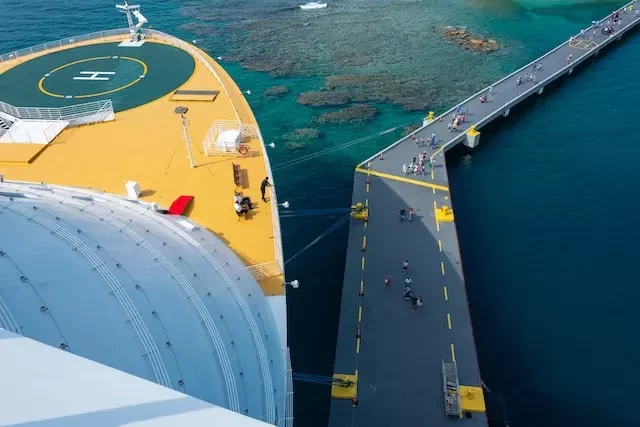
Portugal has a well-developed transportation network, with several options for getting around the country, including buses, trains, and rental cars.
Buses are a popular way to travel in Portugal, with several companies operating services throughout the country. The two largest bus companies are Rede Expressos and Flixbus, which offer routes between major cities and towns. There are also smaller regional bus companies that provide connections to more remote areas.
Trains are another popular mode of transportation in Portugal, with a network of routes that connects most major cities and towns. The train system is operated by Comboios de Portugal (CP), and there are several different types of trains, including high-speed trains (Alfa Pendular), regional trains (InterCidades), and urban trains (CP Urbanos). Tickets can be purchased at train stations or online.
If you prefer to drive, renting a car is a great way to explore Portugal. There are several rental car companies located throughout the country, and driving is generally easy and straightforward. However, it's important to keep in mind that Portugal has a high number of toll roads, so be prepared to pay tolls if you plan to drive on highways.
Finally, if you are traveling to the Azores or Madeira, you can reach these islands by plane or ferry. There are several airlines that offer flights to these destinations, including TAP Air Portugal, Azores Airlines, and Ryanair. Ferries are also available, but schedules can be limited depending on the season.

Portugal has several airports throughout the country, with Lisbon Portela Airport being the largest and busiest airport. Other major airports in Portugal include Porto Airport, Faro Airport, and Madeira Airport.
There are several airlines that operate flights to and from Portugal, including TAP Air Portugal, Ryanair, easyJet, and British Airways. TAP Air Portugal is the national airline of Portugal and offers flights to several destinations around the world, including Europe, Africa, and the Americas. Low-cost carriers like Ryanair and easyJet also operate flights to Portugal from several cities across Europe.
If you are traveling to the Azores or Madeira, you can reach these islands by plane. Azores Airlines and SATA Air Açores operate flights to the Azores, while TAP Air Portugal and easyJet offer flights to Madeira.
Domestic flights within Portugal are also available and can be a convenient way to travel between cities and islands. TAP Air Portugal operates domestic flights between Lisbon, Porto, Faro, and the Azores and Madeira islands. Azores Airlines and SATA Air Açores also operate domestic flights within the Azores.

There are several airports in Portugal, but some of the major ones are:
| Airport Name | IATA Code | Location |
|---|---|---|
| Lisbon Portela Airport | LIS | Lisbon |
| Porto Airport | OPO | Porto |
| Faro Airport | FAO | Faro |
| Madeira Airport | FNC | Funchal, Madeira |
| Ponta Delgada Airport | PDL | Ponta Delgada, Azores |
| Terceira Lajes Airport | TER | Lajes, Terceira Island, Azores |
| Porto Santo Airport | PXO | Porto Santo Island |
| Horta Airport | HOR | Horta, Faial Island, Azores |
| Santa Maria Airport | SMA | Vila do Porto, Santa Maria Island, Azores |
| Beja Airport | BYJ | Beja |
What is the best time to visit Portugal?
The best time to visit Portugal is during the spring and fall when the weather is mild and the crowds are smaller.
What is the currency used in Portugal?
The currency used in Portugal is the Euro.
What is the most popular food in Portugal?
One of the most popular foods in Portugal is the traditional dish of grilled sardines.
Is Portugal a safe country to visit?
Yes, Portugal is generally considered a safe country to visit.
What is the official language of Portugal?
The official language of Portugal is Portuguese.